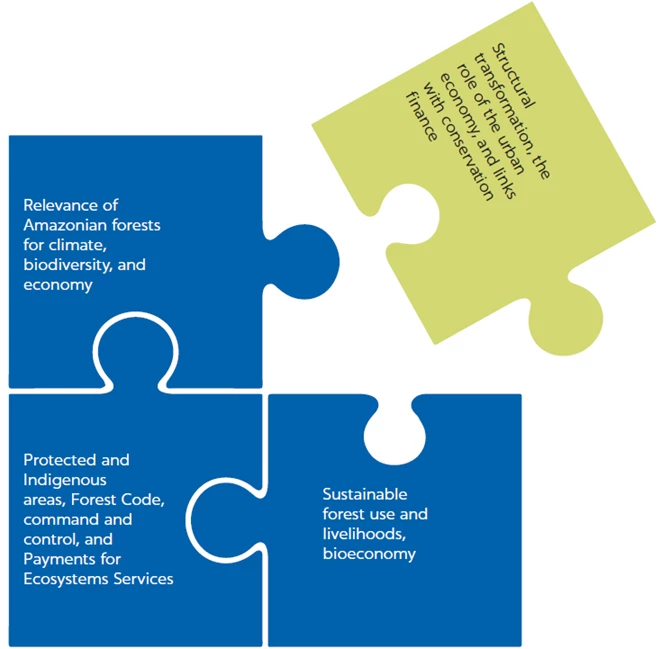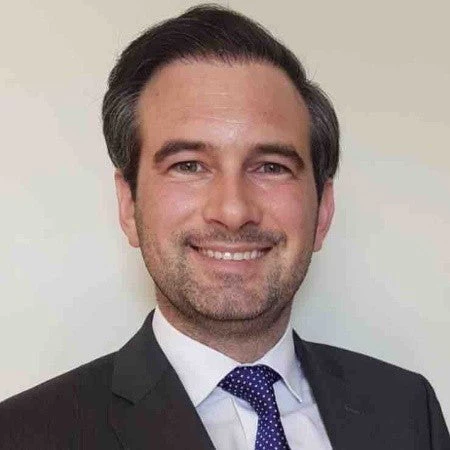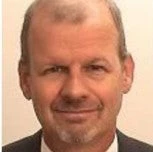 Colniza, in the Brazilian Amazonia - Photo by Marcelo Camargo - Agência Brasil
Colniza, in the Brazilian Amazonia - Photo by Marcelo Camargo - Agência Brasil
The Amazon forest is a precious natural asset, delivering ecosystem services to Brazil, Latin America and the world. The forest largely determines Brazil’s climate, and so it has an outsized influence on Brazil’s economy. It is also a huge carbon sink, trapping carbon dioxide that, if released, would make it impossible for the world to limit global warming to the 1.5 ºC target established in the Paris Agreement. Failing to meet that target will have devastating impacts on the world—including especially Brazil.
At the same time, the people who live in Brazil’s Legal Amazon—in Acre, Amapá, Amazonas, Mato Grosso, Pará, Rondônia, Roraima, Tocantins and Maranhão —are among the poorest in Brazil. Over 40 percent live on less than R$20 a day. Most of these poor people live in towns and cities. But poverty is worse among the poor in rural areas, where people living traditional lifestyles—including indigenous peoples—fare the worst.
How can Brazil both protect the Amazon forest, so that it continues to provide the vital ecosystem services that Brazil and the world need, and also enable the people living there to achieve greater prosperity?
It is clear that the current development model won’t do. Today, economic growth in Amazônia depends largely on unsustainable practices, including deforestation—which in 2022 alone destroyed a forest area equivalent to 1.5 million soccer fields. This obviously threatens the livelihoods of traditional peoples who have lived in the forest for centuries. It also brings the forest ever closer to a tipping point beyond which it will no longer generate enough rainfall to support itself or key aspects of Brazil’s economy.
In the World Bank’s recently-completed economic memorandum for Brazil’s Legal Amazon, we propose a different development model that is balanced and sustainable, building both natural wealth and financial wealth at the same time (see Figure 1).
Figure 1: Sustainable and inclusive development in the Legal Amazon

A key element involves protecting the Amazon forest itself. The “flying rivers” anchored in the forest provide the rainfall that support agriculture, hydroelectric power, water supply, and the industries that depend on them. As is well known, protecting the forest will involve completing legal land designations (including for protected areas and indigenous territories), enforcing relevant land use codes, and making appropriate payments for ecosystem services.
But it also brings a further element that is relatively less well known—namely, a structural transformation in the Amazonian economy. Historically, economies develop as productivity increases across economic sectors, and jobs increasingly shift from agriculture to manufacturing and services. Productivity gains enable lagging regions to catch up with more advanced ones in a process known as ‘convergence’.
Our work shows how Brazil can advance structural transformation and regional convergence in Amazônia in a way that also preserves the region’s natural forests. This approach highlights the key role of towns and cities, which should provide the majority of jobs in this process of structural transformation. If towns and cities perform well, macroeconomic forces will also take pressure off of forest exploitation while generating jobs; if they do not perform well, the destruction of the forest will continue.
Higher productivity in urban areas can turn what is now a losing game into a win-win situation. It can bring higher incomes using fewer resources, including fewer forest resources. A growth model that shifts the focus to improving productivity perfectly complements improved land and forest governance.
Of course, any transformation implies disruption, which needs to be managed. This is especially true when it affects people who are already marginalized, have limited coping abilities, and live in a social and environmentally sensitive region like the Amazon. A focus on sustainable rural livelihoods (the bioeconomy) will be key to maintaining traditional ways of life that unlocks the value of the forest without destroying it.
Recognizing that a more sustainable and inclusive development in the Amazon requires financing, we also offer some ideas on how to raise conservation finance based on measurable reductions in deforestation. This financing can come from donors, financial markets, carbon markets, the private sector, and international finance institutions like the World Bank. To that end, we are stepping up performance-based financing to fight climate change, for example through Scaling Climate Action by Lowering Emissions (SCALE).
Our report, which builds on extensive research, identifies four key interventions to support sustainable and inclusive development in the Legal Amazon:
- Increasing the welfare of Amazonian citizens by fostering productivity through structural transformation in both rural and urban areas;
- Protecting the forest by strengthening land and forest governance, including the enforcement of existing laws;
- Fostering sustainable rural livelihoods by unlocking the natural capital associated with the standing forest and protecting the poor and traditional ways of life; and
- Marshaling conservation finance linked to measurable reductions in deforestation and drawing on public and private resources or market-based solutions.
This is a blog post in a series. Over the next weeks we will take a closer look at some of the insights generated in our report. Watch this space!
Stay updated with our weekly article
Related articles:



Join the Conversation